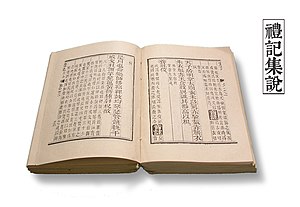An afterword is a literary device that is often found at the end of a piece of literature.[1] It generally covers the story of how the book came into being, or of how the idea for the book was developed.
An afterword may be written by someone other than the author of the book to provide enriching comment, such as discussing the work's historical or cultural context (especially if the work is being reissued many years after its original publication).[2]
See also[edit]
References[edit]
- ^ "afterword". Dictionary.com, LLC. Retrieved 10 August 2012.
- ^ Pope, Geoff (18 November 2010). ""Foreword" Versus "Forward"". Grammar Girl's Quick and Dirty Tips. MacMillan Holdings, LLC. Archived from the original on 6 January 2019. Retrieved 10 August 2012.

Well, that’s interesting to know that Psilotum nudum are known as whisk ferns. Psilotum nudum is the commoner species of the two. While the P. flaccidum is a rare species and is found in the tropical islands. Both the species are usually epiphytic in habit and grow upon tree ferns. These species may also be terrestrial and grow in humus or in the crevices of the rocks.
View the detailed Guide of Psilotum nudum: Detailed Study Of Psilotum Nudum (Whisk Fern), Classification, Anatomy, Reproduction